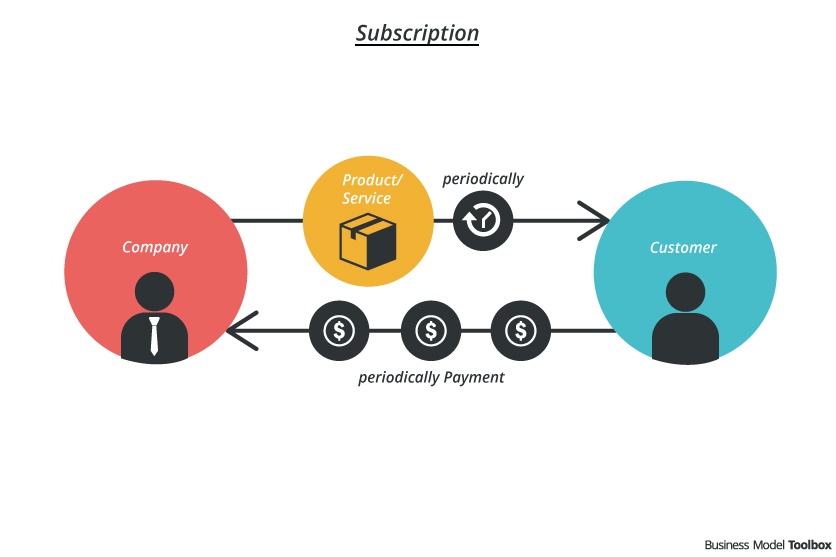Interview

Interviewing your customer and stakeholder is a great way to create empathy and to gain insights on the gain points, pain points and jobs to be done. But interviewing strangers is not the easiest task for everyone. We help you to get started!
Description
The first rule of user research:
never ask anyone what they want.
— Erika Hall, Just Enough Research
never ask anyone what they want.
— Erika Hall, Just Enough Research
An interview is one of the core techniques to start understanding your business problem and validating your business idea. It can be conducted with not only with users or customers but also employees, stakeholders or any person relevant to the topic. Besides gaining insights on your interviewee’s needs, motivations, and ideas it helps you to create empathy – the fudament to create a meaningful business.
But to be honest: interviewing strangers is not the easiest task for everyone. So let’s get started! Here are some recommendations to get the most out of your interviews.
Strengths
- Gain deep understanding and insights of needs, constraints and delights
- Learn about the interviewee’s perspective
- Promotes learning in the context
Weakness
- Limitations for statistical conclusions (e.g. “70% of the interviewees ask for..”)
- Depending on the situation and the interviewer the interviewee’s responses might be influenced by what he thinks the situation requires
Application
Plan and prepare your interview
Don’t prepare every question or even details and subquestions. Think about key topics you want to explore and decide on 2-3 questions for your interview.
Don’t prepare every question or even details and subquestions. Think about key topics you want to explore and decide on 2-3 questions for your interview.
Interview in pairs
One conducts the interview and asks the questions, the other one writes down the answers.
One conducts the interview and asks the questions, the other one writes down the answers.
Ask for stories
A story helps to generate a more holistic understanding of your interviewee.
A story helps to generate a more holistic understanding of your interviewee.
Ask 5 times WHY
Dig deeper to understand the motivation, needs, pain and gain points of your interviewee or to get to the root of a problem. Ask why even when you think you understood the interviewee’s answer.
Dig deeper to understand the motivation, needs, pain and gain points of your interviewee or to get to the root of a problem. Ask why even when you think you understood the interviewee’s answer.
Bear the silence:
Moments of silence indicate that your interviewee has to think about your question. This often leads to deeper insights.
Moments of silence indicate that your interviewee has to think about your question. This often leads to deeper insights.
Listen actively
Try to listen with an open mind and stop interpreting your interviewee’s answers
Try to listen with an open mind and stop interpreting your interviewee’s answers
Take a picture
Ask for permission to take a picture from your interviewee (if your interviewee doesn’t want to be photographed, ask to take a picture from any remarkable accessory: e.g. his bag, shoes…). This helps you afterwards to remember the person.
Ask for permission to take a picture from your interviewee (if your interviewee doesn’t want to be photographed, ask to take a picture from any remarkable accessory: e.g. his bag, shoes…). This helps you afterwards to remember the person.
View on Responsibility
Creating Empathy
Interviewing your customer or stakeholder helps to not only gather data about behavior or preferences but also helps you understand WHY. If you want to create meaningful products and impact with your business it is essential to really understand your customers, stakeholders and environment.
Tooltip Text
Examples
Great examples by Otto Scharmer how different “LISTENING” can be
Resources
- Introduction to the 5 WHYs Method (Mindtools)

